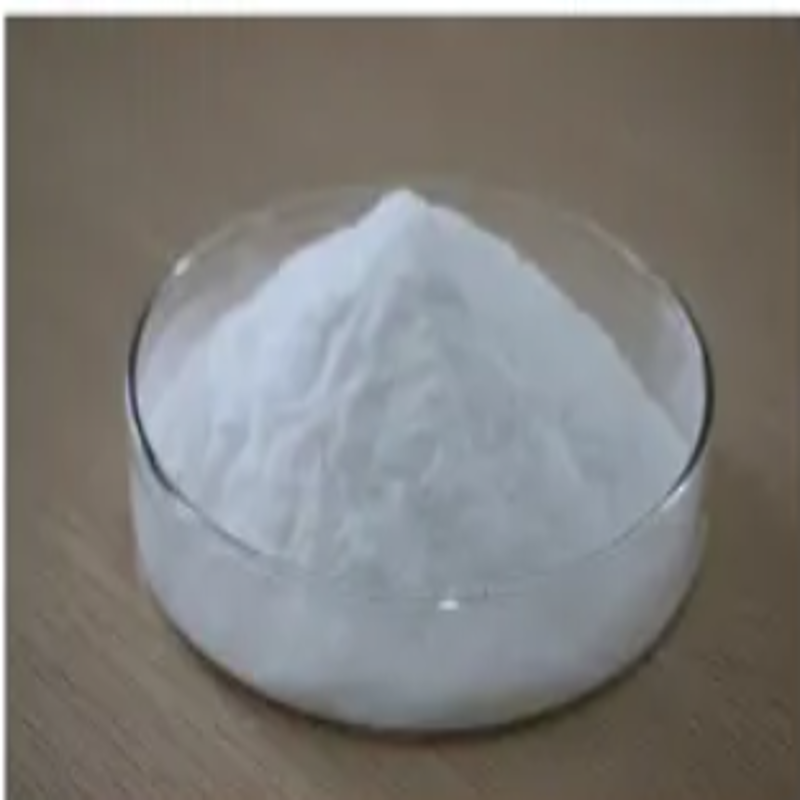-
Categories
-
Pharmaceutical Intermediates
-
Active Pharmaceutical Ingredients
-
Food Additives
- Industrial Coatings
- Agrochemicals
- Dyes and Pigments
- Surfactant
- Flavors and Fragrances
- Chemical Reagents
- Catalyst and Auxiliary
- Natural Products
- Inorganic Chemistry
-
Organic Chemistry
-
Biochemical Engineering
- Analytical Chemistry
-
Cosmetic Ingredient
- Water Treatment Chemical
-
Pharmaceutical Intermediates
Promotion
ECHEMI Mall
Wholesale
Weekly Price
Exhibition
News
-
Trade Service
Cancer related anemia (CRA) mainly refers to anemia that occurs in tumor patients during the development of their disease and during treatment, and is one of the common accompanying diseases of malignant tumors.
There are many reasons for its occurrence, including the tumor itself, the body's nutrient absorption disorder and long-term treatment.
Statistics show that about 30-90% of cancer patients will develop anemia.
Up to 92.
84% of CRA patients were not given any measures and treatments to correct anemia.
It can be seen that the incidence of CRA is high, but the treatment rate is low, and sufficient attention should be paid.
From April 23rd to 24th, the 2021 Chinese Society of Clinical Oncology (CSCO) Guidelines Conference was successfully held.
At the meeting, Professor Zhao Donglu from the Harbin Institute of Hematology and Cancer gave a detailed and wonderful interpretation of the "Chinese Society of Clinical Oncology (CSCO) Clinical Practice Guidelines for Tumor-related Anemia (2021 Edition)" released for the first time.
Yimaitong organizes the main content as follows.
Professor Zhao Donglu introduced CRA diagnosis ideas, CRA condition assessment, CRA treatment principles, and CRA treatment methods.
1.
CRA diagnosis ideas 01 CRA etiology classification CRA is divided into non-chemotherapy-related CRA and chemotherapy-related CRA.
Non-chemotherapy-related CRA refers to anemia caused by tumor factors (such as blood loss, hemolysis, bone marrow invasion, etc.
); chemotherapy-related CRA refers to anemia caused by tumor treatment factors (such as bone marrow suppression of chemotherapy, tumor radiotherapy, etc.
).
02Diagnostic criteria are at sea level, adult male hemoglobin (Hb)<120g/L; non-pregnant adult female Hb<110g/L; pregnant adult female Hb<100g/L.
03 Grading Standard 2: CRA Condition Evaluation The timing of CRA to start the evaluation is Hb≤110g/L, or lower than the baseline value≥20g/L (type 2A evidence).
The evaluation principle is shown in the figure below.
3.
CRA treatment principles The treatment principles of chemotherapy-related CRA and non-chemotherapy-related CRA are different, as shown in the figure below.
Principles of non-chemotherapy-related CRA treatment Principles of chemotherapy-related CRA treatment IV.
CRA treatment methods 01 Blood transfusion treatment such as Hb>60g/L: Generally, blood transfusion is not considered (except for clinical urgent need to correct hypoxic state or malignant tumors with hemorrhagic shock).
For example, Hb<60g/L: asymptomatic, no obvious comorbid diseases, wait for observation and regular evaluation; asymptomatic, but there are comorbid diseases or high-risk factors (complex diseases include heart disease, chronic lung disease, cerebrovascular disease; high Risk factors include recent high-intensity chemotherapy or radiotherapy accompanied by rapid decline in Hb), red blood cell infusion should be considered; symptoms include persistent tachycardia, shortness of breath, chest pain, exercise-induced dyspnea, mild headache, syncope, influence For severe fatigue from work and usual activities, consider red blood cell transfusion.
The goal of asymptomatic blood transfusion: The goal of blood transfusion for patients with chronic anemia without acute coronary syndrome (ACS) with stable hemodynamics is to maintain Hb at 70~90g/L.
Transfusion goals for symptomatic blood transfusion: acute bleeding, accompanied by evidence of hemodynamic instability or insufficient oxygen delivery: the goal of blood transfusion is to correct hemodynamic instability and maintain adequate oxygen delivery; symptomatic (including cardiac Fastness, shortness of breath, orthostatic hypotension) anemia (Hb<100g/L): The goal of blood transfusion is to maintain Hb at 80~100g/L to avoid these symptoms; in the case of ACS or acute myocardial infarction Anemia: The goal of blood transfusion is to maintain Hb at ≥100g/L.
02 Erythropoietin (EPO) treatment EPO treatment timing and target value: EPO start treatment timing is Hb ≤ 100g/L (2A evidence).
The target value of Hb for EPO treatment is 110~120g/L; if it exceeds 120g/L, it is necessary to reduce the EPO dose or stop the use of EPO according to the patient's individual condition (type 2A evidence).
Please refer to the figure below for the usage and dosage of EPO: Click "read the original text" and we will make progress together







